Buying medicine online sounds easy. You type in a name, click a button, and a package arrives at your door. No doctor’s visit. No waiting. But what if that pill isn’t what it claims to be? What if it’s not medicine at all - but poison?
In 2024, law enforcement agencies seized over 50 million doses of counterfeit drugs worldwide. These weren’t just fake brand names. These were pills laced with fentanyl, insulin with no active ingredient, cancer drugs filled with chalk, and weight-loss pills containing methamphetamine. And they’re being sold to people who think they’re getting real medicine from a legitimate pharmacy.
How Fake Medicines Are Sold - And Why You Can’t Tell the Difference
Illicit online pharmacies don’t look like criminals. They look like real businesses. They use .com domains that mimic trusted names. They have professional logos, SSL certificates, and even fake customer reviews. Some even list a "physical address" - but it’s a warehouse in India or a rented office in the Dominican Republic. The packaging? Perfect. The pills? Sometimes identical in color, shape, and imprint.
The problem isn’t just poor quality. It’s deception. These sites trick you into believing you’re buying from a licensed pharmacy. The National Association of Boards of Pharmacy says nearly 95% of online pharmacies selling prescription drugs operate illegally. That means no pharmacist reviews your history. No doctor checks for interactions. No quality control. No accountability.
And here’s the scary part: the fake drugs are getting smarter. Criminals now ship unassembled parts - pills, packaging, labels - to be put together near the buyer’s country. This avoids customs checks. They use social media ads targeting people looking for cheap insulin, weight-loss drugs like semaglutide, or anxiety meds like Xanax. One semaglutide pen can sell for $500 on the black market. Most buyers don’t know they’re risking their life for a $50 shortcut.
The Real Danger: What’s Inside Those Pills
Counterfeit meds aren’t just ineffective. They’re deadly.
In 2024, the U.S. Drug Enforcement Administration (DEA) confirmed a woman in Ohio died after taking what she thought was oxycodone. It was a fake pill - made mostly of fentanyl. A single dose killed her. Fentanyl is 50 to 100 times more potent than morphine. You don’t need much to overdose. And you can’t see it. Taste it. Smell it.
Other fake drugs contain:
- Nothing at all - just starch, chalk, or talcum powder
- Wrong doses - too little to work, or too much to be safe
- Deadly substitutes - methamphetamine in Adderall, rat poison in antibiotics
- Contaminated ingredients - bacteria, heavy metals, industrial chemicals
One woman in South Africa bought what she thought was generic Viagra. She took it and ended up in the ER with severe low blood pressure. The pill had no sildenafil. Instead, it had a powerful vasodilator used in veterinary medicine - meant for horses, not humans.
Diabetics who buy fake insulin risk diabetic ketoacidosis - a life-threatening condition. Cancer patients taking counterfeit chemo drugs may think they’re fighting the disease, while the tumor keeps growing unchecked. Antibiotics without the right ingredient don’t kill bacteria - they let them grow stronger, creating drug-resistant superbugs.
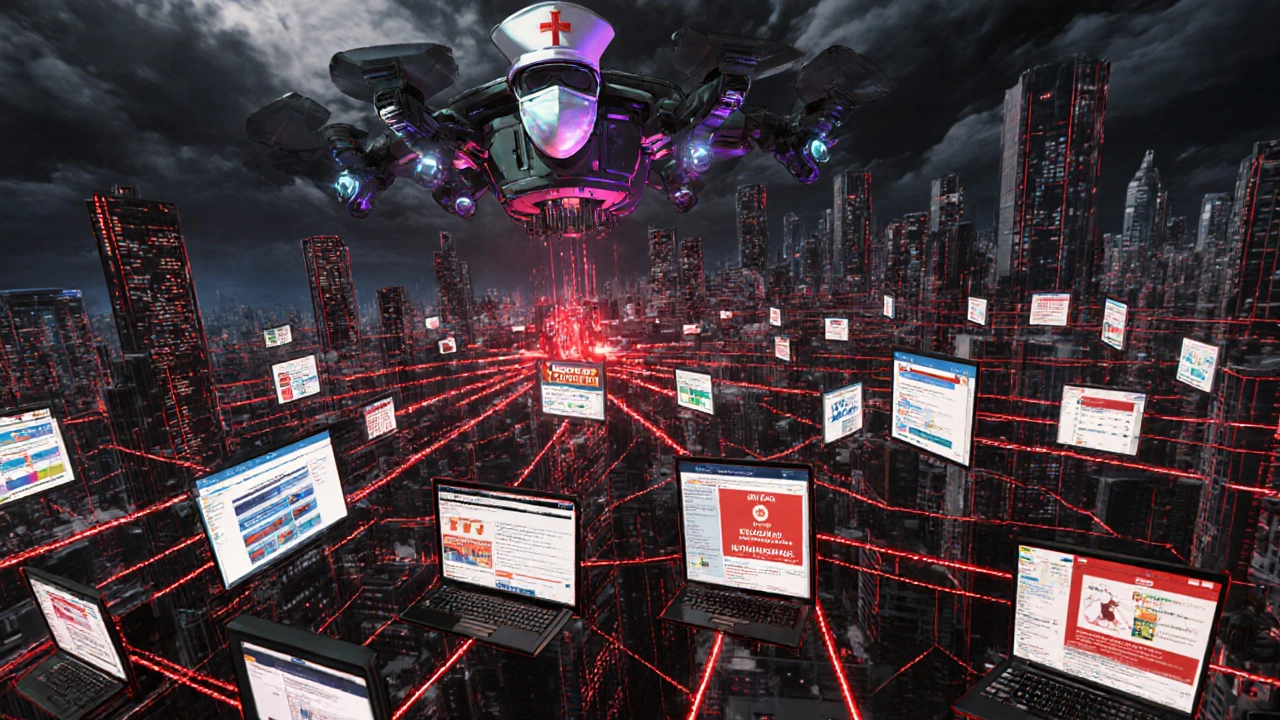
Who’s Behind This? It’s Not a Small-Time Operation
This isn’t some guy in a garage making fake pills. This is organized crime - global, well-funded, and highly efficient.
In 2025, Interpol’s Operation Pangea XVI shut down 13,000 websites, arrested 769 people, and dismantled 123 criminal networks across 90 countries. The Pharmaceutical Security Institute recorded over 6,400 incidents of pharmaceutical theft, counterfeiting, and illegal sales in 2024 alone. These groups target high-demand drugs: opioids, diabetes meds, antidepressants, and weight-loss injectables.
They use the same tools as legitimate businesses: SEO, Facebook ads, WhatsApp groups, Telegram channels. They even offer "24/7 customer support" - but it’s just a chatbot or a call center in Manila. Payment? Cryptocurrency or wire transfers. No receipts. No refunds. No trace.
The OECD estimates global trade in fake goods hit $467 billion in 2024. Medicine is now one of the fastest-growing sectors. Why? Because people are desperate. High drug prices, lack of access, and misinformation push them toward these sites. And criminals know it.
How to Spot a Fake Online Pharmacy (Before You Click)
You don’t need to be a pharmacist to protect yourself. Here’s how to tell if a site is real or a trap:
- Check for a Verified Internet Pharmacy Practice Sites (VIPPS) seal - only U.S. pharmacies with this certification are legal. Look for the seal and click it. If it doesn’t link to the National Association of Boards of Pharmacy, it’s fake.
- No prescription? No sale. Legitimate pharmacies require a valid prescription. If they sell opioids, antibiotics, or insulin without one, walk away.
- Look at the URL. Fake sites often use .xyz, .info, or .ru domains. Real ones use .com, .org, or country-specific domains like .co.uk or .ca.
- Check the physical address. Google it. If it’s a residential house, a PO box, or a warehouse with no pharmacy sign, it’s not legit.
- Search for complaints. Type the pharmacy name + "scam" or "fake" into Google. If you see multiple reports of people getting empty boxes or bad pills, don’t buy.
- Don’t trust social media ads. If you see a post saying "Get Xanax for $1 per pill!" - it’s a trap. Real pharmacies don’t advertise like this.
PharmacyChecker.com and the FDA’s website have lists of verified online pharmacies. Use them. Don’t guess.
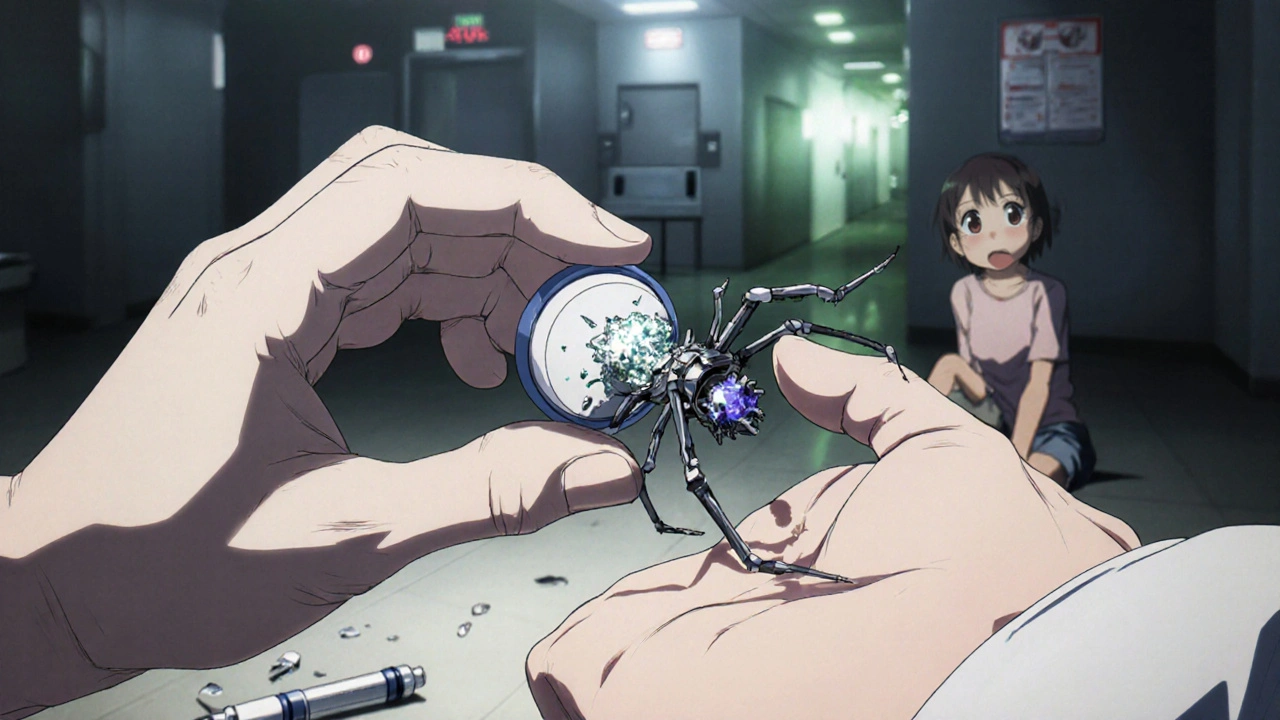
What Happens If You Already Bought Something Suspicious?
If you’ve already ordered from a shady site, don’t panic - but act fast.
- Stop taking the pills. Even one dose can be fatal.
- Save everything. The pills, packaging, emails, order confirmation, payment receipt. This helps authorities track the source.
- Report it. In the U.S., report to the FDA’s MedWatch program. In South Africa, contact the South African Health Products Regulatory Authority (SAHPRA). In the EU, use EudraVigilance.
- Get tested. If you’ve taken any of these pills, see a doctor. Blood tests can detect toxins, fentanyl, or other dangerous substances.
- Change your passwords. These sites steal credit card info and personal data. If you paid with a card, contact your bank immediately.
There’s no shame in admitting you made a mistake. But delaying action could cost you your life.
Why This Problem Won’t Go Away - And What Needs to Change
The World Health Organization says at least 1 in 10 medicines in low- and middle-income countries are fake or substandard. That’s not a future threat - it’s happening now.
Why is it so hard to stop? Because the system is broken. In many countries, regulators lack funding. Border controls can’t inspect every package. Consumers don’t know how to spot the danger. And the profit margins for criminals are huge - sometimes 1000% markup.
Real solutions require action on three fronts:
- Stronger laws. Countries need to criminalize online pharmacy fraud with real penalties.
- Global cooperation. Criminals operate across borders. Law enforcement must share data instantly - not months later.
- Public awareness. People need to know: if it’s too cheap, too easy, or too fast - it’s fake. And it could kill you.
Pharmaceutical companies like Pfizer call online counterfeiting "the most serious threat to patients." And they’re right. No one is immune. Not the elderly. Not the working class. Not even the educated.
There’s no shortcut to safety. If you need medicine, go to a licensed pharmacy - online or in person. If you can’t afford it, ask about patient assistance programs, generic alternatives, or government subsidies. There are legal, safe options. They just take a little more time.
But your life? That’s not something you can afford to gamble with.
Can fake medicine really kill you?
Yes. Fake pills have caused thousands of deaths worldwide. In 2024, the DEA confirmed multiple cases of people dying from fentanyl-laced counterfeit oxycodone. Other fake drugs contain toxic chemicals, incorrect dosages, or no active ingredient at all - leading to organ failure, untreated conditions, or drug-resistant infections.
How do I know if an online pharmacy is real?
Look for the VIPPS seal (U.S.), a physical address you can verify, a licensed pharmacist available to answer questions, and a requirement for a valid prescription. Avoid sites that sell controlled substances without a prescription or use suspicious domains like .xyz or .ru. Check the FDA’s list of verified online pharmacies or use PharmacyChecker.com.
Are all international online pharmacies fake?
No. Some international pharmacies are licensed and safe - but they must follow strict rules. The key is verification. A legitimate international pharmacy will be licensed in its own country, require a prescription, and provide contact details. Never assume a pharmacy is safe just because it’s overseas. Always check with your country’s health authority.
What should I do if I took a fake pill?
Stop taking it immediately. Call your doctor or go to the emergency room - even if you feel fine. Some toxins, like fentanyl, can cause delayed reactions. Save the pill and packaging, then report it to your national health regulator. In South Africa, contact SAHPRA. In the U.S., report to the FDA’s MedWatch program.
Why are counterfeit drugs so common online?
Because demand is high and enforcement is weak. People want cheaper meds, faster delivery, and privacy. Criminals exploit that. They create convincing websites, use social media ads, and ship small packages that slip through customs. With 20 new fake pharmacy sites created every day, it’s easier than ever to fall for the scam.
Is it safer to buy from a local pharmacy?
Yes. Local pharmacies are regulated, inspected, and accountable. Pharmacists review your history, check for drug interactions, and can tell you if a medication looks or feels wrong. If you’re worried about cost, ask about generic versions or patient assistance programs. There’s no risk in buying from a licensed, local source.
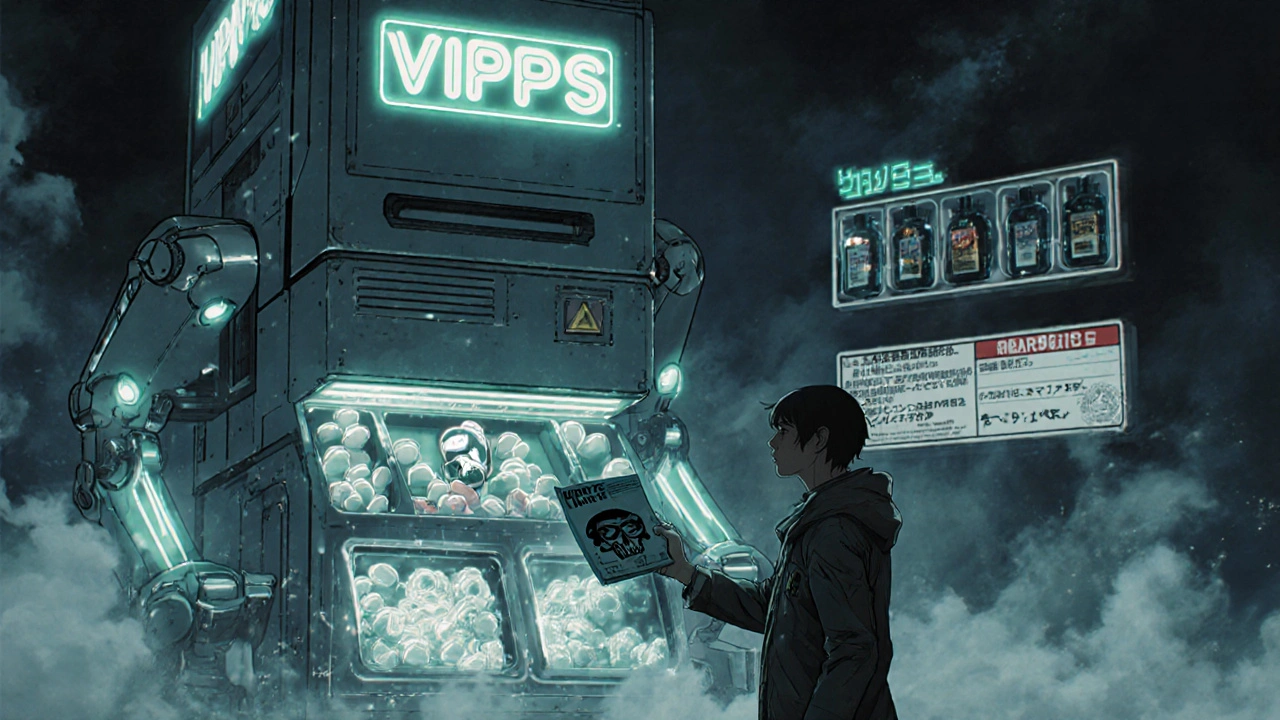
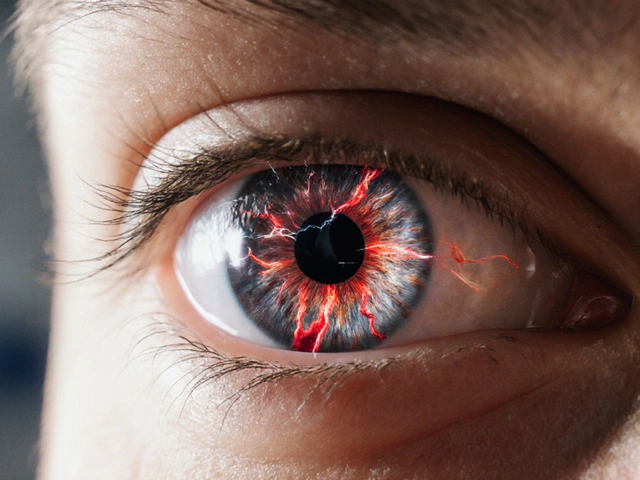
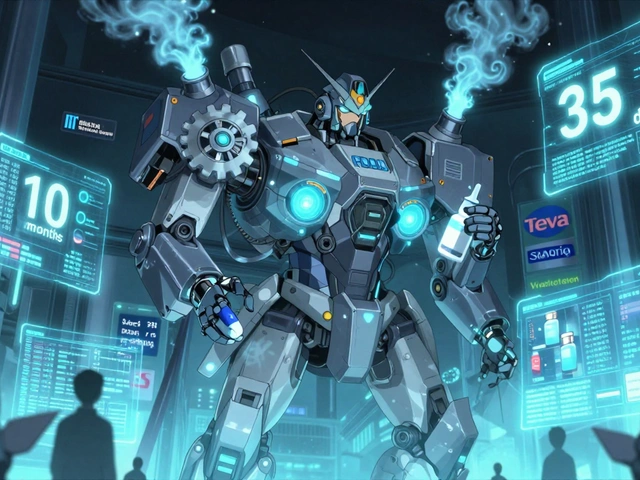
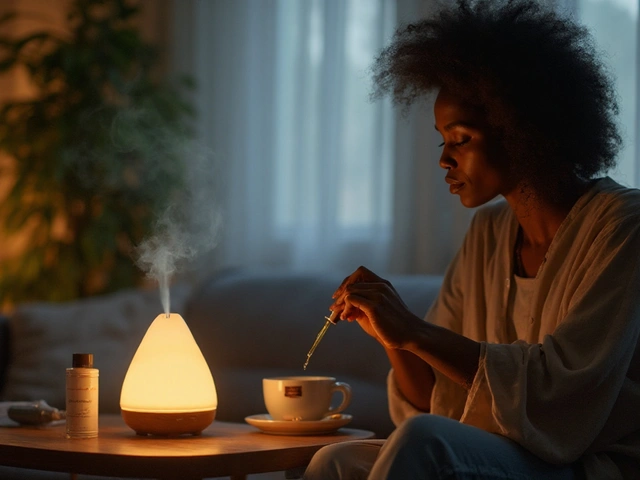
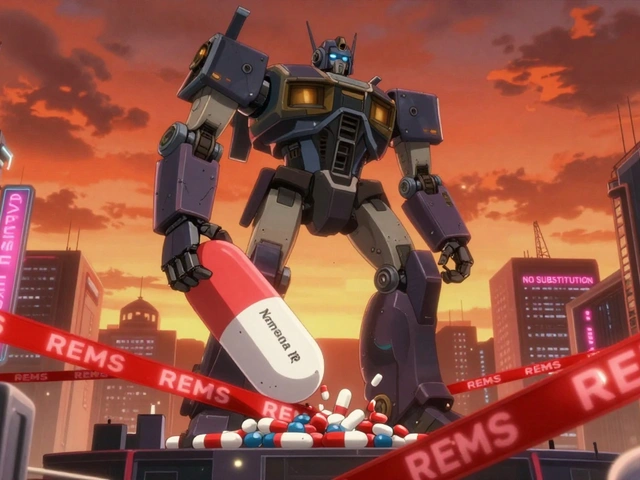
Matthew Peters
November 20, 2025 AT 10:28Just saw a post on Reddit where someone bought ‘semaglutide’ for $40 and ended up with a bottle of powdered sugar and a note that said ‘good luck lol’. Scary how easy it is to get fooled when you’re desperate.
Matthew Karrs
November 20, 2025 AT 10:45They’re not even trying to hide it anymore. The feds know. The WHO knows. But they let it keep going because it’s too profitable for the big pharma lobbyists. You think this is about safety? Nah. It’s about control. They want you dependent on their $800 insulin so you’ll never question the system.
I’ve seen the reports. The same warehouses. The same shipping routes. The same crypto wallets. This isn’t some rogue gang. This is a coordinated system. And the government’s complicit.
They shut down a site? Big deal. Five more pop up in Ukraine. They arrest one guy? He’s just a courier. The real players are in Switzerland with offshore accounts.
And don’t get me started on the ‘VIPPS seal’. That’s a joke. I checked one last month - the seal linked to a domain registered in 2023 by a guy named ‘John Smith’ in Nebraska. No pharmacy. No license. Just a WordPress site.
They’re selling fake Xanax to veterans. Fake insulin to diabetics on Medicare. And we’re supposed to trust the system? Please.
Michael Fessler
November 21, 2025 AT 03:28As a pharmacist for 14 years, I’ve seen the fallout. Patients come in with rashes from counterfeit doxycycline. One guy had elevated liver enzymes from fake metformin laced with industrial dye. Another had a seizure after taking ‘Adderall’ that turned out to be methamphetamine.
The real issue isn’t just the pills - it’s the lack of pharmacovigilance. No one’s tracking adverse events from these sources. The FDA gets maybe 5% of the actual reports. Most people don’t know where to report. Or they’re too scared.
And the supply chain? It’s a nightmare. Components are shipped separately - pills from China, blister packs from India, labels from Turkey - then assembled in warehouses near the target country. No customs flag. No paper trail. Just a FedEx box labeled ‘vitamins’.
We need blockchain traceability. Mandatory serialization. Real-time alerts. But no one wants to pay for it. So people die. And we call it ‘market efficiency’.
Nosipho Mbambo
November 23, 2025 AT 01:27I’m from South Africa, and I’ve seen this with my own eyes. A friend bought ‘Viagra’ online because she couldn’t afford the clinic’s price. She ended up in hospital with a blood pressure crash. The pill had a veterinary vasodilator - meant for horses. They didn’t even know what it was. Took them three days to figure it out.
Here, people are desperate. Public hospitals are overloaded. Private clinics are expensive. So they turn to WhatsApp pharmacies. They trust the guy who ‘knows someone’ who ‘works at the warehouse’.
And the government? They’re slow. Bureaucratic. Underfunded. SAHPRA can’t even inspect every shipment. So people gamble with their lives. And then they blame the victim.
It’s not just about education. It’s about access. If medicine was affordable and available, this wouldn’t be happening. But we’d rather arrest the courier than fix the system.
Johannah Lavin
November 23, 2025 AT 05:57My mom took fake blood pressure meds last year. She didn’t even know. Thought the pills looked different but figured it was a new batch. She passed out at the grocery store. Turned out the pill had no active ingredient. She almost had a stroke.
I’m so angry at how easy it is to exploit people who are sick and scared. My mom’s not tech-savvy. She just wanted to feel better. And someone took advantage of that.
If you’re reading this and you’ve ever bought meds online - please, please, please talk to your doctor. Ask for generics. Ask for assistance programs. There are options. You don’t have to risk your life for $20.
And if you’re a pharmacist, nurse, or just someone who cares - help spread the word. Post this. Share it. Don’t let anyone think it’s ‘just a pill’.
daniel lopez
November 25, 2025 AT 04:41THIS IS ALL A SETUP. The government lets this happen so they can push you into their ‘safe’ pharmacies where they charge you $1000 for insulin and then bill you for ‘emergency care’ when you get sick from their overpriced meds. It’s all a racket.
They want you to believe the ‘VIPPS seal’ is safe. But that’s just a front. The same companies that own the ‘legit’ pharmacies also own the ‘fake’ ones. Same owners. Same distributors. Same crypto wallets.
They’re not trying to stop this. They’re profiting from it. They need you dependent. They need you afraid. They need you to think the only way to survive is through their system.
Don’t fall for it. Don’t trust the FDA. Don’t trust the WHO. Don’t trust the ‘verified’ sites. The system is rigged. And they’re laughing all the way to the bank.
Katie Magnus
November 26, 2025 AT 20:26Wow. So… you’re saying it’s bad to buy medicine online? I mean, duh. But like… why is this even a news story? Everyone knows the internet is full of scams. You think you’re the first person to get scammed? Newsflash: you’re not special.
Also, I bought a ‘weight loss pill’ once for $15. It worked great. I lost 10 pounds. Turns out it was just caffeine and fiber. So maybe not all fake meds are bad? Maybe some people just need to chill?
Also, why is everyone so dramatic? It’s a pill. Not a nuclear bomb. You think your life is so fragile? Maybe you’re just weak.
Liam Strachan
November 27, 2025 AT 01:20I get it - the fear is real. But I also think we need to be careful not to demonize every international pharmacy. I’ve bought generic metformin from a licensed Canadian pharmacy for years. It’s safe. It’s legal. It’s way cheaper.
The problem isn’t ‘foreign’ - it’s unverified. A site that looks professional but has no licensing info? Yeah, that’s dangerous. But a site with a .ca domain, a real phone number, and a pharmacist you can talk to? That’s just smart shopping.
Maybe the answer isn’t ‘never buy online’ - but ‘learn how to verify’. It’s not that hard. A 10-minute Google search can save your life.
And if you’re struggling to afford meds? Talk to your doctor. Ask about patient programs. There are resources. You’re not alone.
Gerald Cheruiyot
November 28, 2025 AT 12:40It’s not about the pills. It’s about trust. We used to trust doctors. We used to trust pharmacies. Now we’re told to distrust everything. And the only thing we’re left with is fear.
The system promised us safety. But it gave us prices that break families. So we look for alternatives. And the criminals are waiting.
Maybe the real crime isn’t the fake medicine. It’s the fact that we had to turn to fake medicine in the first place.
We’re not stupid. We’re desperate.
And desperation doesn’t care about seals or domains or warnings.
It just wants to live.
King Over
November 29, 2025 AT 01:20My cousin died from a fake opioid. No one ever found out where it came from. The cops said it was a ‘one-off’. But it wasn’t. It was one of 50 million. And no one’s doing anything.
Just stop buying from shady sites. That’s it. No lecture needed. No sermon. Just don’t do it.
Matthew Peters
November 29, 2025 AT 11:41That’s the thing - most people don’t even know they’re buying fake. They think they got a good deal. They take it. Feel something. Think it’s working. And then… nothing. Or worse.
My uncle took fake insulin for three months. Thought his sugar was under control. Turns out his pancreas was shutting down. He didn’t know until he collapsed. The hospital said the insulin had zero activity. Zero.
It’s not about being lazy. It’s about being broke. And the system doesn’t care.